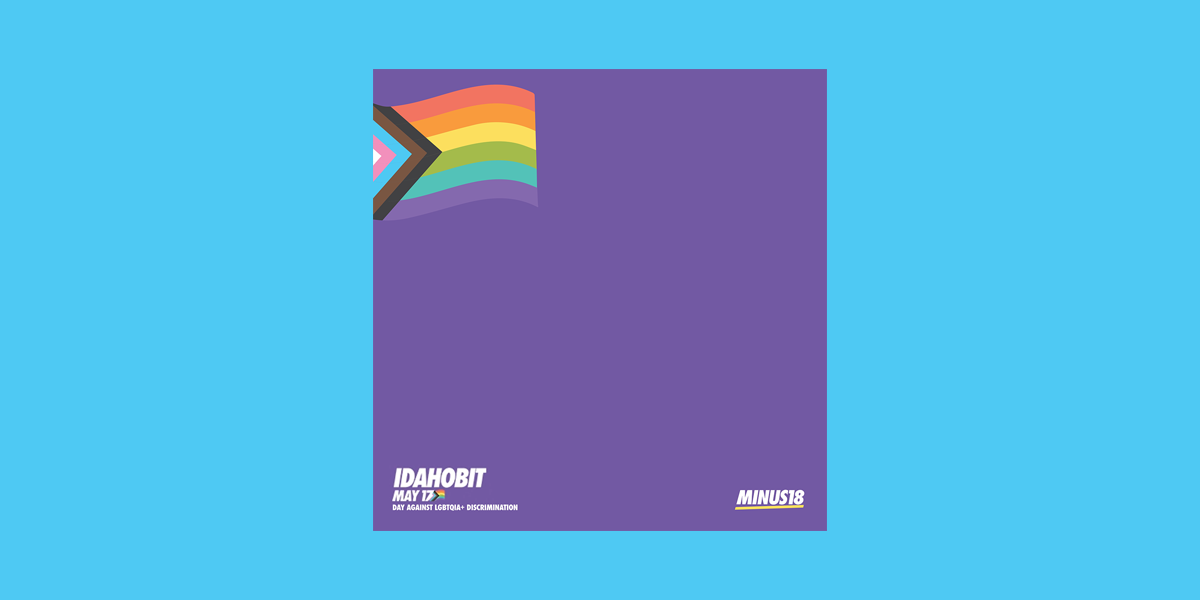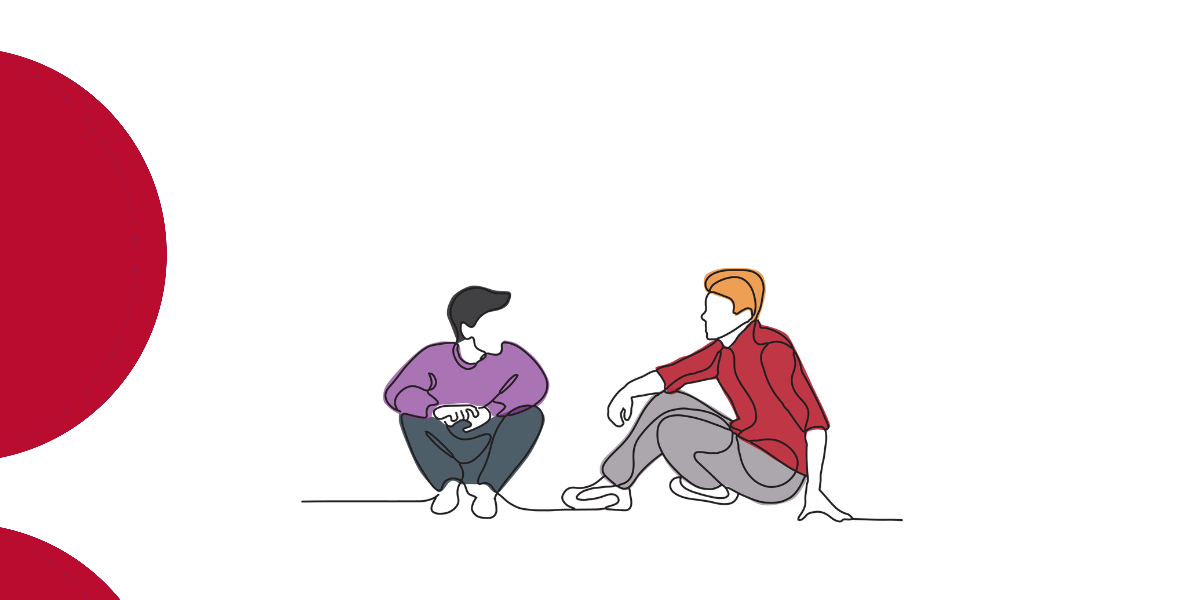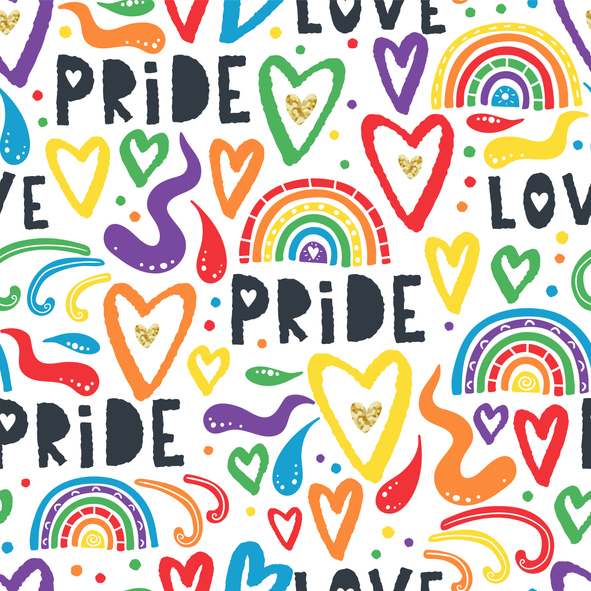Celebrating IDAHOBIT Day 2022 by sharing LGBTQIA+ youth experiences in care
May 2022
Written by Kelly Royds
Today is IDAHOBIT day! International Day Against Homophobia, Biphobia, Interphobia & Transphobia (IDAHOBIT) celebrates LGBTQIA+ people globally and raises awareness for the work still needed to combat discrimination.
LGBTQIA+ Australians are 5x more likely to have experienced depression due to discrimination. 66% of LGBTQIA+ young people experience bullying or harassment based on their identity (Minus18, 2022). For young LGBTQIA+ people in care, stress and discrimination can further undermine their sense of safety, relationships and identity.
Our recently published research highlights the additional stress that LGBTQIA+ young people in care endure and the power of trustworthy adults in creating safer and more inclusive care experiences.
What do we know about LGBTQIA+ youth experiences in care?
We don’t know the prevalence of LGBTQIA+ youth in out-of-home care in Australia. While some agencies have created helpful guides for staff supporting LGBTQIA+ youth, such as CREATE’s LGBTQIA+ Do’s and Don’ts, their specific needs are under-researched (McPherson et al., 2019).
In the United States, McCormick et al. (2017) find that LGBTQIA+ youth are not only over-represented in the child welfare system but also report significant health disparities. This gap in research “may be attributed to the lack of knowledge and understanding among practitioners about the lived experiences of queer youth in out-of-home care”, writes CETC Research Director Lynne McPherson et al. (2019).
Our recent research – led by Lynne Mcpherson, Kathomi Gatwiri, Nadine Cameron and Janise Mitchell – set out to better understand how LGBTQIA+ youth experience identity and relationships in care.
Homophobia and a lack of available & visible support in care
“I think growing up … it was a very homophobic environment. I didn’t have any role models. I didn’t have any family who were queer” (Tim, He/Him, Aboriginal Transgender Male)
The two young people who formed the foundation of our case study research spoke in-depth about how hard it was to consider their sexual and gender identities whilst living in care. Both Liam (he/him) and Tim (he/him) knew they were queer whilst in care but said it was not ‘safe’ to come out for years.
Liam, who identifies as ‘proudly queer’, was removed from the care of his parents when he was around six years old and experienced several foster care placements and trial periods back at home. Tim, an Aboriginal transgender male, was in intermittent informal placements with either a grandparent or a family friend from the age of nine.
A lack of available, visible and accessible support during their time in care left Liam and Tim feeling invisible and different. As Tim argues, “the most challenging thing was handling other people’s curiosity and other people’s discrimination and stigma”. Tim also spoke about how gender binaries arrived with colonisation. “It wasn’t in our culture before white people came and applied it to us. We have different cultural roles in our society which aren’t based on gender, its based on whether you have a more nurturing spirit or a more warrior, fighting spirit”.
Homophobia, stigma and discrimination is not only expressed in personal interactions, but embedded in the larger social and structural practices of out-of-home care. “Queer young people in out-of-home care often describe a system in which homophobia, transphobia and general ignorance about the needs of this population are pervasive”, argues Lynne McPherson et al. (2019).
Power of trustworthy adult allies
“I don’t know, they just made me feel very welcome. They used to drive us around a lot. They had a minivan. They drove us to all the activities we had to… They seemed very together, I like that.” (Liam, He/Him, Proudly Queer)
A brief care experience with a lesbian couple, provided a sense of affirmation and support for Liam during his childhood. “Susie (carer) knew quite a bit about the LGBTI community,” he said, “and she really welcomed the conversation which was really lovely … If I had been with anyone else in out of home care, that conversation would have gone very differently.”
Both Liam and Tim reflected on different experiences with adults (carers and teachers) that highlighted the power of trusting and supportive adults in creating safe and positive care experiences.
Implications for out-of-home care practice
Stress and stigma can be overwhelming for LGBTQIA+ youth in out-of-home care, but adults (carers or teachers) can offset some of these impacts by actively challenging harmful beliefs and norms and working to support queer young people.
Making space for discussions, sharing appropriate and safe resources, and actively identifying and connecting with LGBTQIA+ support services are essential. Organisations, carers and staff can commit to learning how to be active LGBTQIA+ allies through professional development, regular reflective practice and, most importantly, listening to the voices of LGBTQIA+ youth in care.
Resources to educate and empower yourself as a carer:
| Read the full research paper here: Minority stress for care experienced young Queer people A case study-Draft | ||
| Check out the awesome articles and resources at Minus18 such as How to be an active LGBTQIA+ ally | ||
| Watch the CREATE Foundation’s video: LGBT Do’s and Don’ts and practice worksheet in a staff meeting, reflective practice and/or with young people. | ||
| What else would you include on the list? | ||
| Take action and explore some of the IDAHOBIT resources in reflective practice or staff meeting https://www.idahobit.org.au/ | ||
| Read our Research Briefing: The Needs of LGBTQIA+ youth in care | ||
If you are looking for more resources and information to support LGBTQIA+ young people in care, these organisations provide invaluable resources, advice and services:

|
 |
 |




